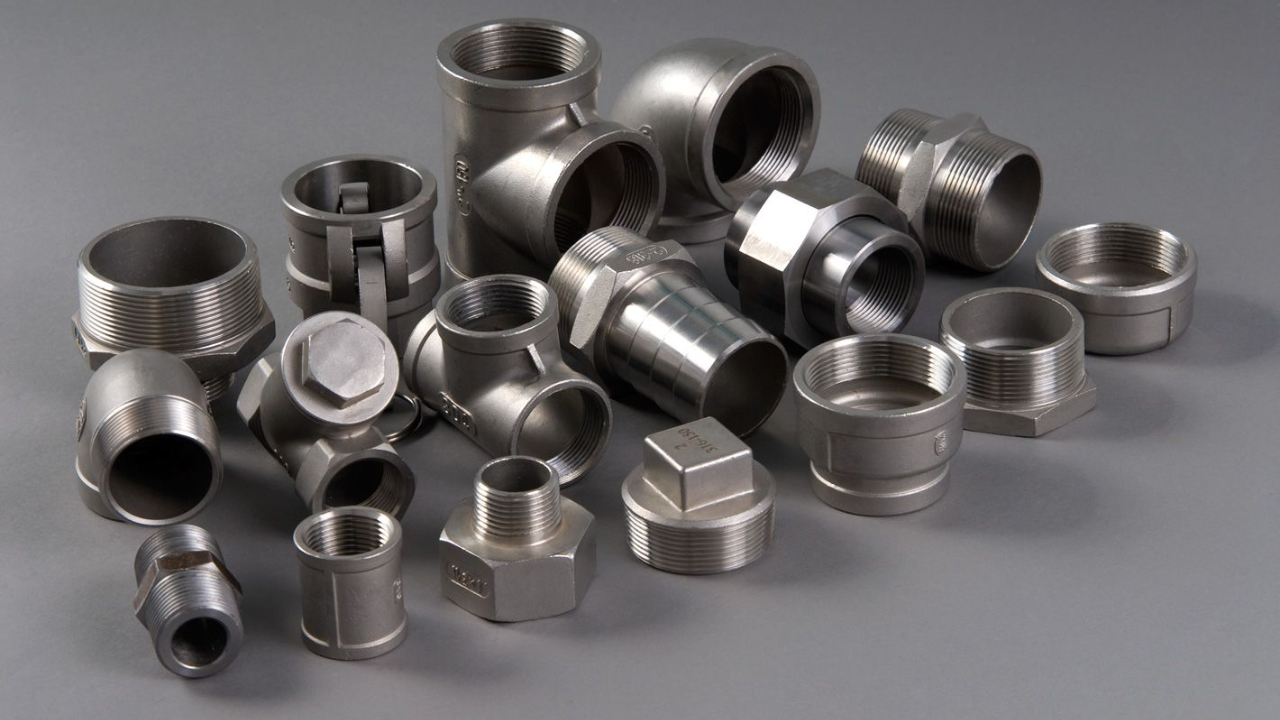Socket-weld pipe fittings are vital for building piping systems, mainly in demanding areas with high pressure and temperature. Many industries depend on sturdy, leak-free connections, so these fittings are chosen. How To Correctly Describe The Socket Weld Fittings Dimensions is essential for ensuring the fittings meet the required standards. A socket weld lets you put a pipe into a hollow on a valve, fitting, or flange, then weld a fillet joint around the union. The design results in a strong and unbreakable seal for small-diameter pipes.
Manufacturing and Design of Socket Weld Fittings
A recessed part known as a shoulder supports the fitting to the pipe and is welded after the pipe is placed into position. Because of this design, the parts fall into their proper places, which makes welding precise. Most fittings are sold in forged steel, stainless steel, and other high-strength materials. These types are elbows, tees, reducers, couplings, and crosses, which help redirect, join pipes together, or change their size.
All fittings use welding, forming a fillet weld along their edge to ensure a dependable seal. Because socket welds do not have a bevelled finish, as with butt weld fittings, they are easier to install on pipes smaller than 2 inches in diameter.
Uses of Socket Weld Fittings in Manufacturing
Oil and gas, chemical processing, power generation, and petrochemical industries choose socket weld fittings. They are essential for preventing leaks in systems. In strict settings, these fittings support more pressure and are less likely to lead to a connection failure.
Steam travel in a power plant can be managed thanks to socket weld fittings used in turbines and boilers. Oil and gas can also be transported safely in refineries and offshore platforms. The fittings also let corrosive substances in chemical plants be transferred smoothly under specific pressure and temperature conditions.
Here’s why Socket Weld Fittings are Valuable
Using socket weld fittings in industrial pipes has essential benefits. The major one is that they give families a lasting and powerful bond. The pipe is put into the fitting before welding, resulting in a stable pipeline structure.
An additional string benefit is that they resist leaks very well. A continuous weld around the fitting minimizes the risk of fluid or gas escaping, which is often a problem in high-pressure systems. In addition, socket weld fittings are compact enough to fit where bigger fittings cannot be used.
Fittings can be easily set up in smaller pipes since welding requires little preparation or edge beveling. Everything is assembled quicker and more efficiently, resulting in companies saving hiring costs and dealing with fewer delays in the process.
Matters to Keep in Mind
Still, socket weld fittings should not be used in every situation. Because of their construction, pressure valves are usually used for smaller pipes. For big pipelines, butt welding fittings are preferred since they help carry more and are less likely to obstruct the flow.
Corrosion near the joint must also be considered. In welding, the inner edge of the socket can develop gaps, which could rust if they are not maintained or if corrosive materials move through the system. Socket weld fittings are not recommended for systems that must be disassembled or cleaned routinely.
Besides, how well the weld is done influences the strength and safety of the fitting. Poor welding techniques can cause damaged joints and underlying failures in structures. Having experienced specialists and following standard inspection methods is essential for safe and effective installations.
Assuring that materials follow the standards
Socket weld fittings are produced following strict worldwide guidelines to guarantee fit, safety, and efficiency. Popular standards for cast carbon steel fittings are ASME B16.11 and ASTM A105. They describe the necessary sizes, precision requirements, operating pressure levels, and qualities of the material the fittings should have for use in stressful settings.
Following industry standards is crucial for system reliability and the prevention of operational failures. In most cases, industries using socket weld fittings prefer to use certified goods from well-known makers to guarantee excellent quality at all times.
Conclusion
Socket weld pipe fittings are necessary for piping systems that withstand high pressure and temperatures in multiple industries. The construction and design of threaded couplings ensure they are a preferred fit for small pipelines that require high stability. Despite some shortcomings, the appropriate choice of welding and maintenance should allow the pipes to last long. The evolution of industries means they now require stronger and better fluid handling equipment, which makes socket weld fittings even more critical in piping solutions.
